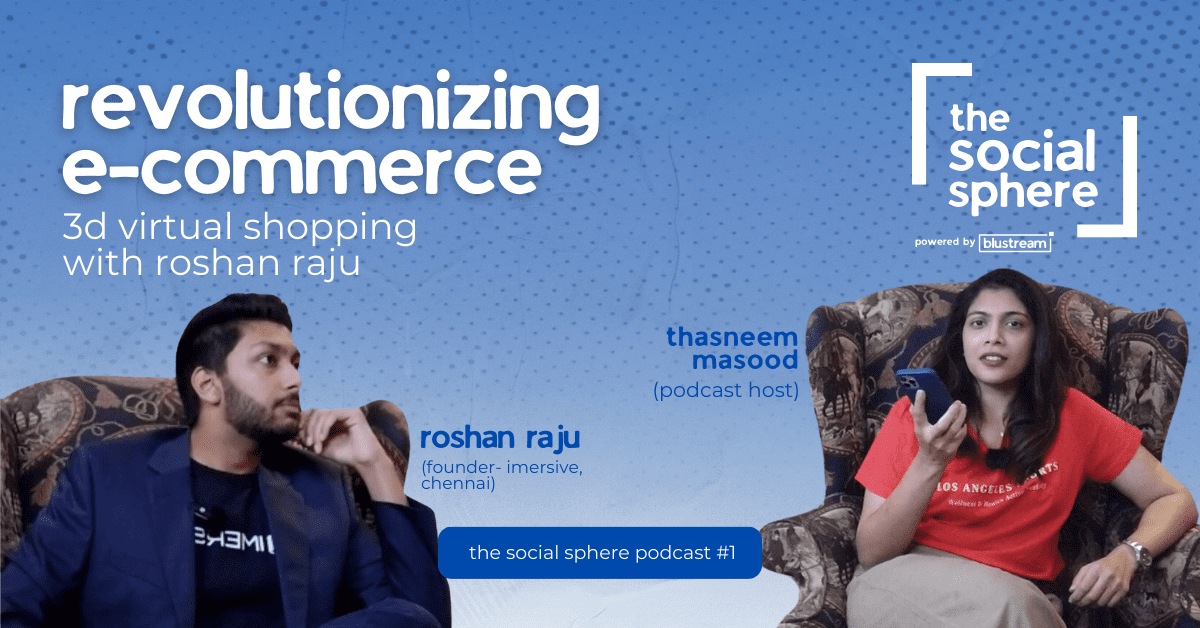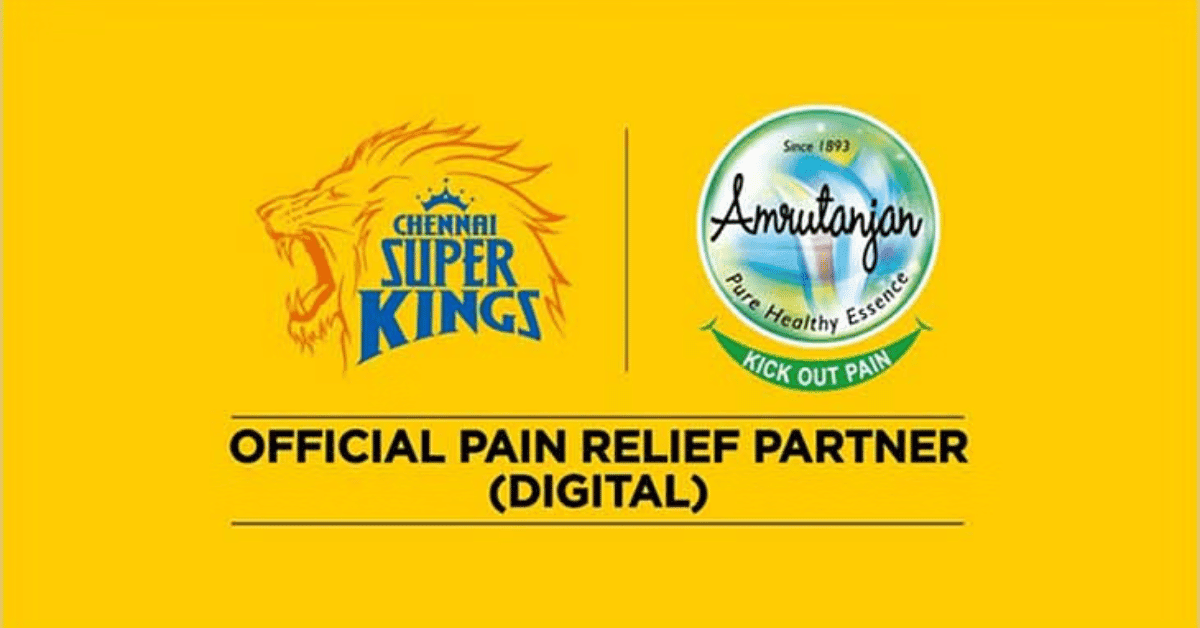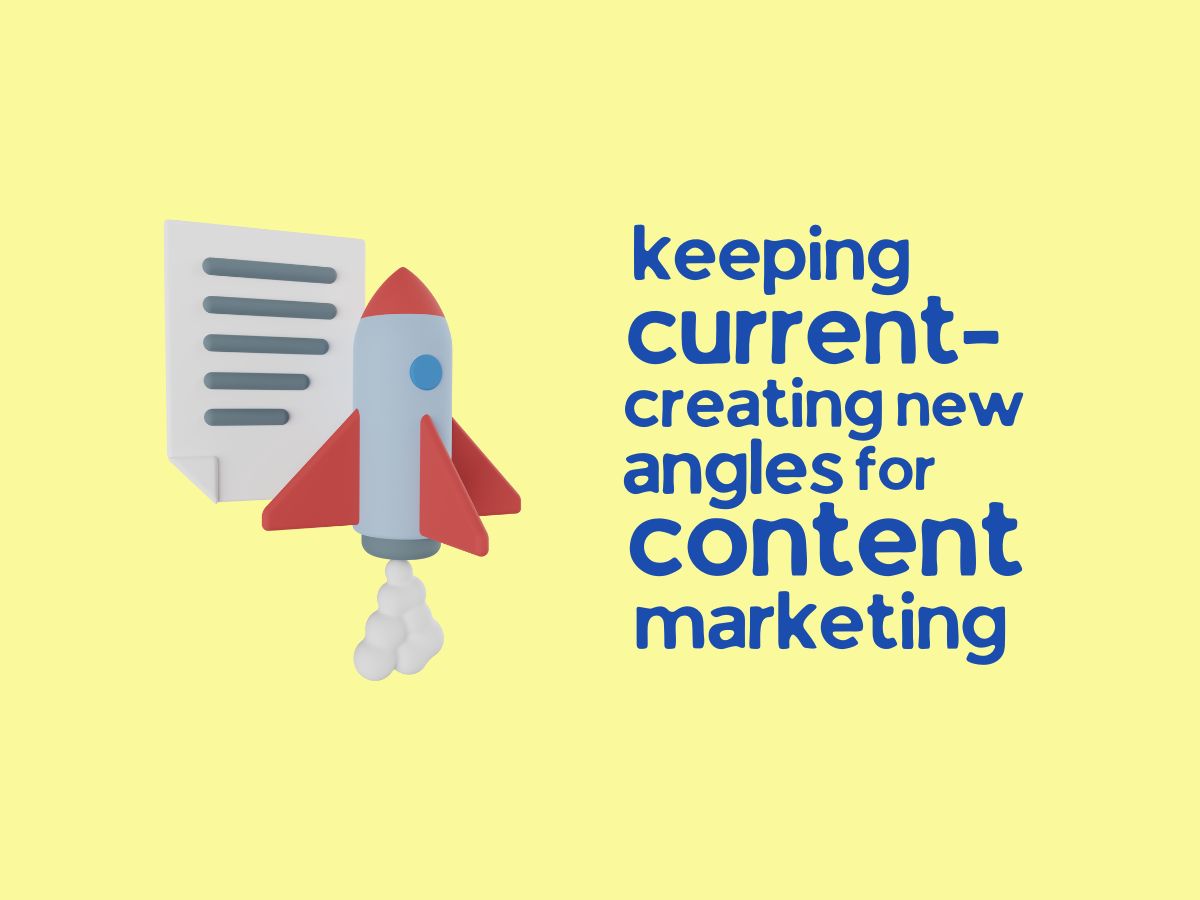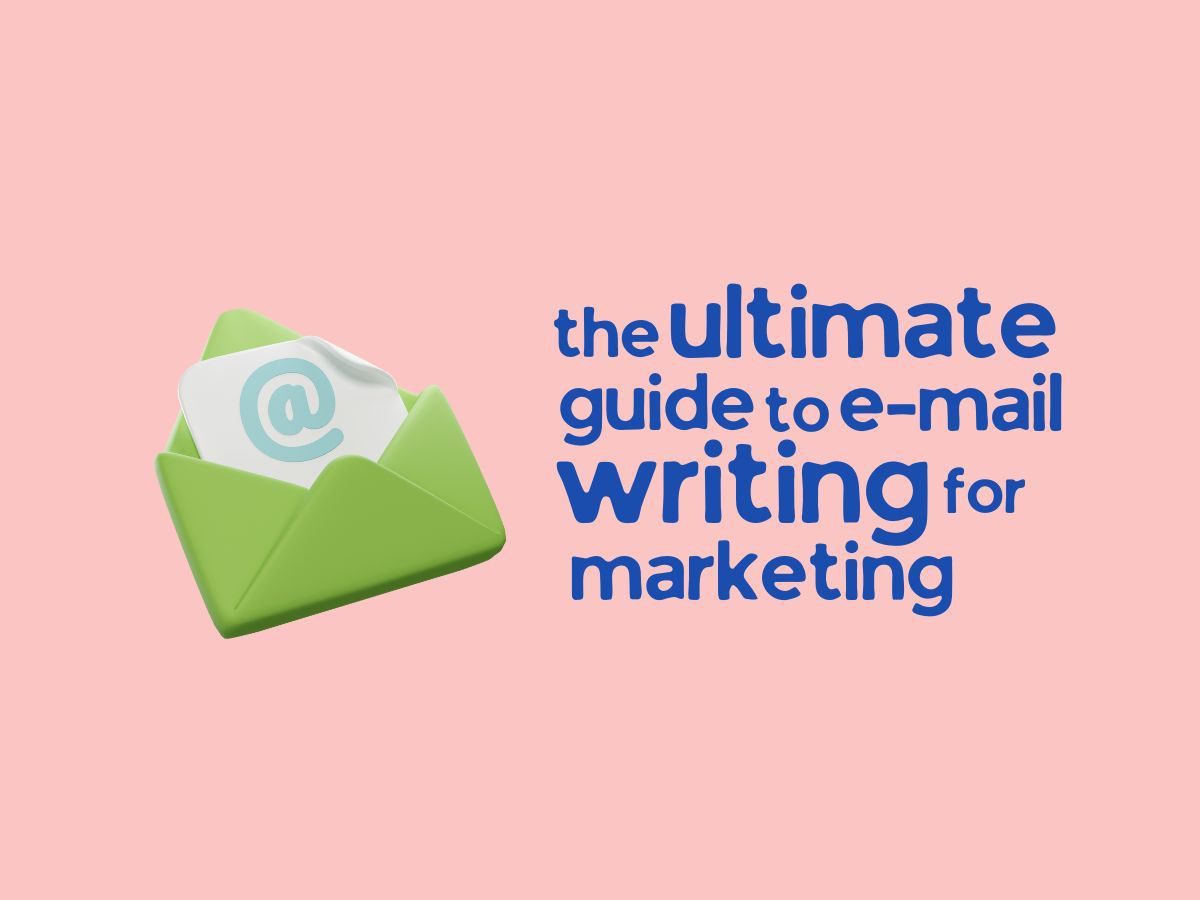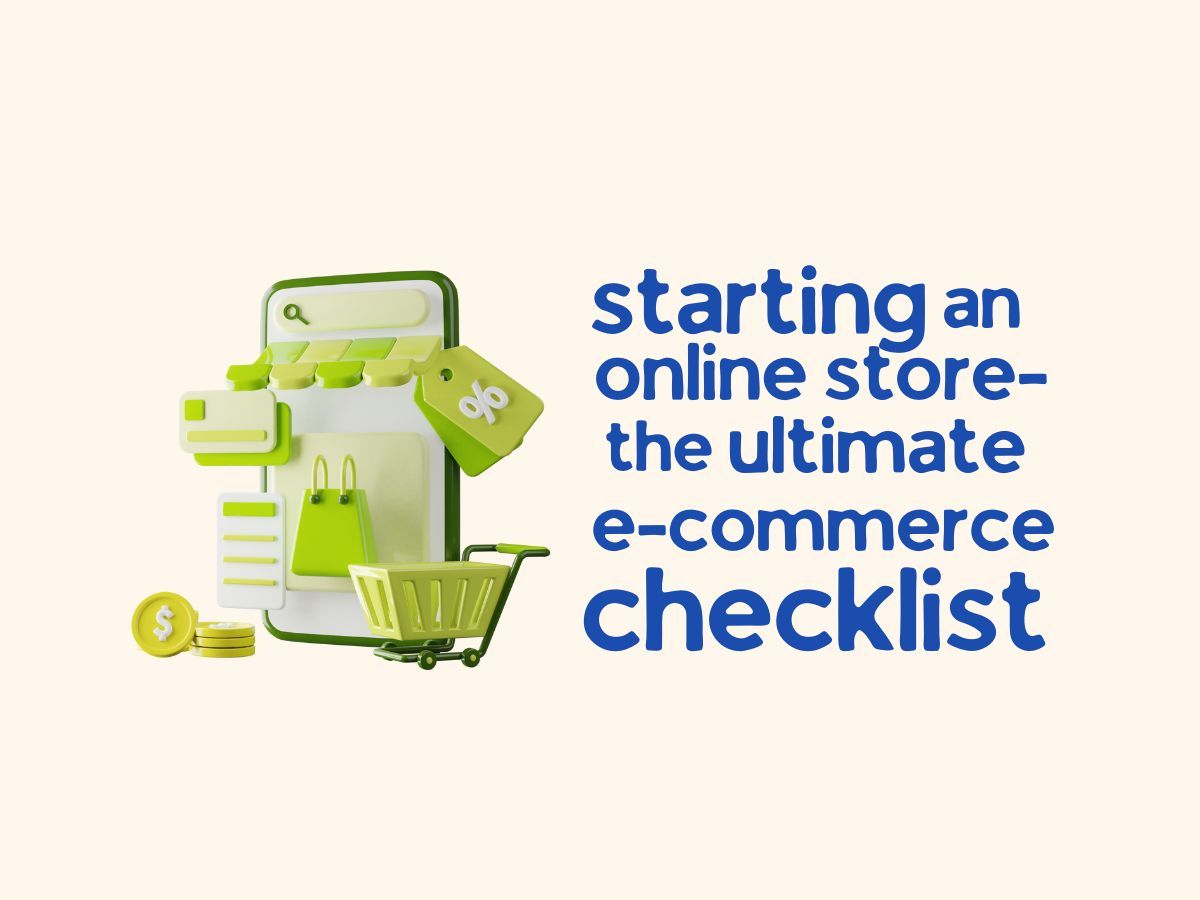It has been a constant misconception that marketing with content is the same thing as content marketing, and while it may look the same to an amateur viewer, to a keen eye such as those working on it, the difference between the two is of key importance.
“Content marketing is a strategic marketing approach focused on retaining and attracting a particular audience through the distribution of relevant, consistent, and valuable content with the ultimate goal of driving profitable customer action.”
The key difference between content marketing and advertising is the return on investment and business value it delivers over a period of time. In a time period summed up through technological advances and media outreach, businesses struggle to achieve growth, but content marketing is more likely to deliver results than other forms of advertisement.

Important factors of content marketing:
1) It is customer-focused, answering important customer questions focused on their needs and wants.
2) It allows businesses to engage with the audience they never would have seen by using the keywords customers use and creating the content they consume on their own website.
3) It builds relationships that build brand trust.
However, in order to see a positive result from content marketing, it must be well executed. The content needs to be aligned with customer needs, and recognising the topic, ideas, and questions that your content will answer makes the content highly engaging. The content, then, needs to be edited, audited, and understood again. After that, the production plan needs to be developed to identify subject matters, authors, and contributors to the content. It is crucial to identify the objective of each piece and the method of tracking its performance. Last but not least, the distribution plan, a.k.a. recognising the method of distributing your content, needs to be made.
When a piece of content is marketed through these five steps, the content ensures a valuable benefit to the company. However, it is important to know that most successful content marketers reveal the reason for their success to be a 12-month calendar, optimising and executing the plan’s idea on paper.
Why content marketing?
Content marketing, in the end, is a business opportunity. In a world where companies are trying their hardest to sell you “stuff” with irrelevant information (spam) constantly making your phone buzz beside your bedside table, content marketing is relevant to the customer’s current needs, challenges, and current requirements. There is one word that makes content marketing stand out from other strategies of exposure: sustainable.
There are four key benefits for big enterprises in content marketing:
- increase in sales
- Cost saving
- better, loyal customers
- Content acting as a profit centre
There is a reason prominent brands like P&G, Microsoft, Cisco Systems, and so on, use content marketing. It might seem stupid to invest in something that seems hypothetical, but remember, numbers do not lie.
- Growth in web traffic: Companies with blogs have, on average, 434% more indexed pages than those who do not. More content equals more traffic for the website.
- Less is more: It costs 62% less compared to any other form of campaign. Yes, that includes paid search advertising.
- Higher conversion rates: Content marketing generates six times higher conversion rates.
- Right in front of the viewers: It increases the likelihood that the general public will notice your brand.47 percent of Internet viewers read blogs daily.
- Buyer’s choice: 80% of the buyers prefer to know about the company through blogs rather than through ads.

What is not content marketing?
When understanding what content marketing is, it is also of utmost importance to understand what it is not. Content marketing is not strewn-together bits of blogs, social media posts, and so on in the hope that one of them sticks.
In content marketing, it is necessary to get the strategy part correct. Most brands fail in this regard and, hence, fail to recognise their audience and lose focus on the reason behind content generation.
Blogging
Another mistake brands make is failing to understand that while blogging is an essential part of content marketing, it is not content marketing. The central theme of content marketing is providing information to its intended target, and that piece of information may not necessarily be transferred to the intended audience through the format of a text in a blog. Having a blog does not make a person a content marketer.
In order for blogs to be your only source of content marketing, it is important that they follow a key structure of being published regularly with clear information targeted at a particular audience.
Content, in short, can be delivered through videos, emails, pictures, live events, or apps, and as long as it has a specific audience and is generated for a specific purpose, the content is likely to generate profit.
Social media
Much like blogging, social media is a key contributor to content marketing, but it is not the thing that will generate profit. The main function of social media is to bring people to your website, keep them engaged, and generate awareness about your brand.
Unless paid, social media dictates to which audience it will show your content, and if not specific, there is no difference between your post and advertising. Social media is a crucial aspect in the distribution of your content, but it is not your content. In simpler terms, the main objective of social media is to get traffic for your website.
Conclusion
In conclusion, content marketing is basically delivering everything your audience is seeking in all the places they are looking for it. It is the best investment you can make for the growth of your business, and the reasoning behind content marketing’s success is backed up by thorough research, making it a reliable source for generating profit.
The only thing to remember in content writing is the key difference between it and other methods of traffic generation: it is audience-specific and less likely to waste the time, money, and efforts you put into your brand with no results.






